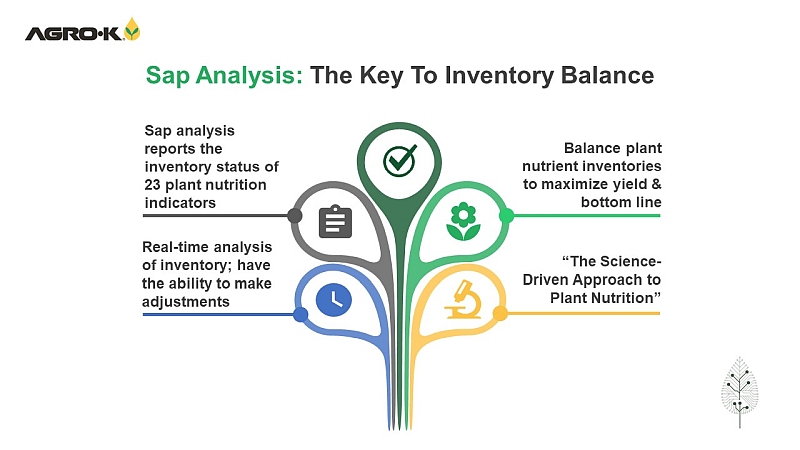Researchers Test Robots In The Orchard
The robot, a red Toro four-wheel-drive vehicle, is part of a four-year, $6 million project funded by the U.S. Department of Agriculture that began last year, aniel Schmoldt, a USDA official based in Washington, told the Pittsburgh Tribune-Review.
Using lasers that sweep a 200-degree field of vision and computer programs that locate the middle of the tree rows, the robot maneuvers inside the orchard at about 3 mph, said Bradley Hamner, a CMU Robotics Institute researcher.
A team including scientists from Penn State, Purdue, Oregon State and Washington State universities expects that type of automation will transform specialty-crop farming into a less labor-intensive and more profitable venture, said Clark Seavert, an Oregon State agricultural economics professor.
The tree fruit and nursery industries have a farm gate value of $20 billion per year, with a 3.2 percent growth rate projected in the next decade, according to data from CMU’s Robotics Institute.
But labor costs have increased from 38 percent of the net value of the farm economy to 58 percent in the past decade, according to that data.
“The robot could take over mowing grass between rows and use various sensors that would do things like measure tree chlorophyll levels to alert farmers of possible diseases and bug infestations,” Hamner said.
That potential is what led Reed Soergel, 53, one of the owners of Soergel Orchards, to participate in the CMU project, he said.
“This technology is going to help growers survive,” he said. “It might tell us what our crop is going to be like. Or give us information so we could diagnose diseases early. That could save thousands of dollars.”
A private-sector partner of the project, Derek Morikawa and his colleagues are investing $700,000 to develop a system of cameras that would take an inventory of an orchard’s trees, counting pieces of fruit and measuring their sizes.
“It’ll collect 100 times more data than a human would,” said Morikawa, CEO of Vision Robotics Corp. in San Diego. “Growers are in the commodity business. If they’re able to forecast how many apples of a certain size they’re producing, that gives them tremendous market opportunities.”
Source: Pittsburgh Tribune-Review










